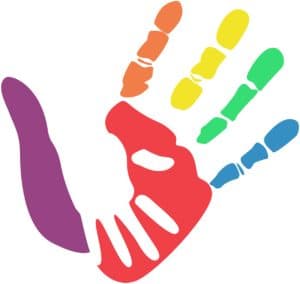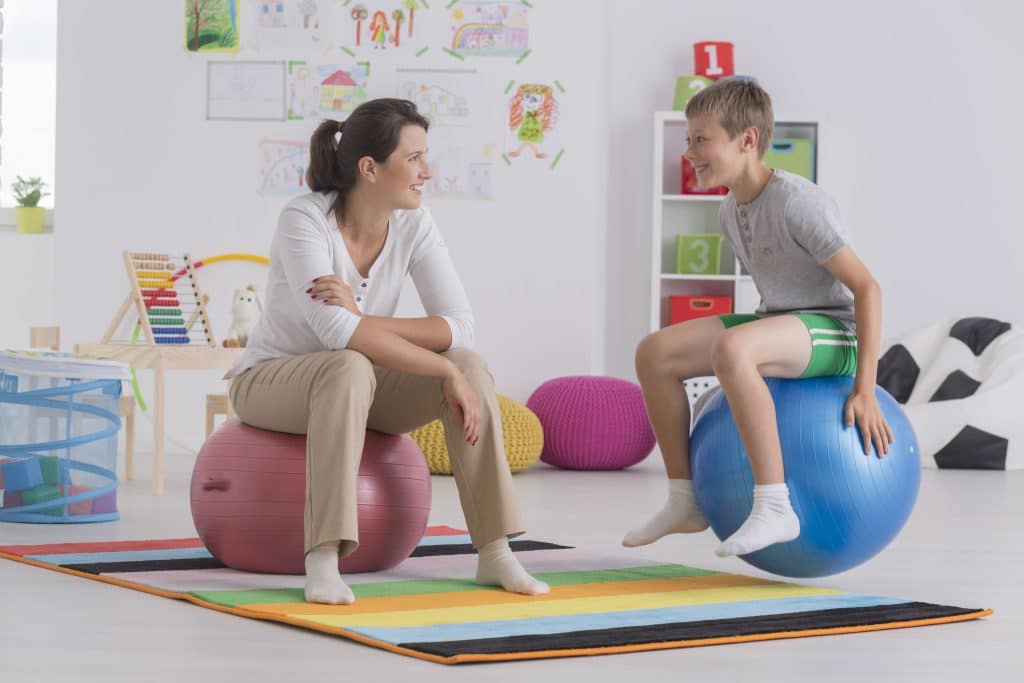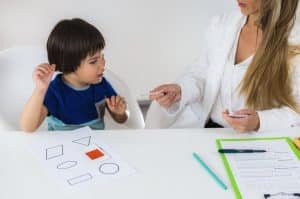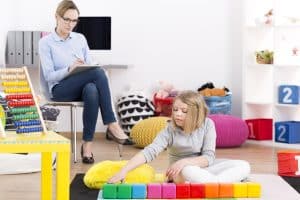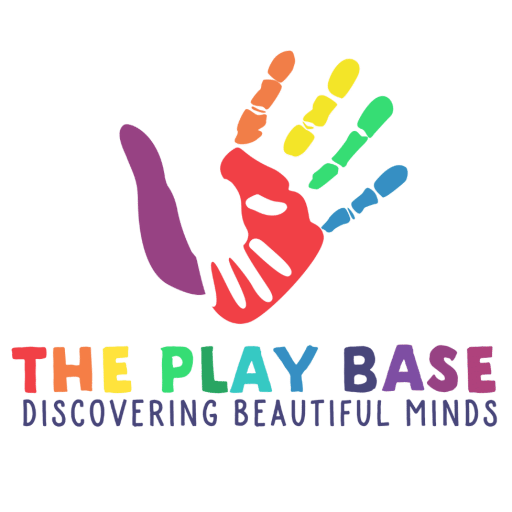Applied Behavior Analysis (ABA) therapy is one of the most effective approaches for helping non-verbal children with autism build communication skills. While some children may not develop spoken language, ABA provides structured strategies and alternative communication methods that open the door to connection and self-expression.
Frances Fishman, founder of The Play Base and Board Certified Behaviour Analyst, explains:
“Non-verbal does not mean non-communicative. Every child has the ability to share their needs and feelings. With the right support, ABA therapy helps them find their voice—whether spoken or through alternative methods.”
ABA Therapy for Non-Verbal Children | Building Communication Skills
ABA therapy for non-verbal children near me is designed around personalized goals. Therapists break communication into small, teachable steps, such as:
- Using eye contact or gestures
- Requesting items with hand signals or pointing
- Responding to simple prompts
- Pairing sounds with actions to build early speech attempts
The focus is always on functional communication—helping children express themselves in daily life.
Autism Speech Therapy Alternatives | How ABA Supports Non-Verbal Kids
Not all children with autism respond to traditional speech therapy. ABA steps in with autism speech therapy alternatives ABA programs that combine reinforcement strategies with practical skills. Instead of focusing only on verbal words, therapists introduce tools like:
- Picture Exchange Communication System (PECS)
- Augmentative and Alternative Communication (AAC) devices
- Sign language or hand signals
These methods reduce frustration and allow children to communicate right away.
Communication Skills in ABA Therapy | Helping Non-Verbal Children Thrive
ABA therapy communication skills program goals often include:
- Requesting basic needs (food, toys, comfort)
- Expressing preferences (yes/no, like/dislike)
- Initiating social interaction
- Building joint attention (looking and sharing focus with others)
“When we see a child light up because they finally got their message across, it’s life-changing for families,” says Frances Fishman.
ABA Therapy for Non-Verbal Children | Step-by-Step Approach Explained
Therapists follow a structured process:
- Assessment – schedule ABA therapy evaluation for non-verbal child to identify strengths and needs.
- Goal Setting – create specific, measurable communication targets.
- Reinforcement – reward progress with praise, play, or favorite items.
- Practice – repeat skills in different settings like home, school, and community.
- Generalization – help the child apply communication everywhere, not just in sessions.
Non-Verbal Autism and ABA Therapy | How Kids Learn to Communicate
ABA therapy communication training for non-verbal children uses repetition and positive reinforcement to shape behavior. For example, if a child uses a gesture to ask for water, the therapist immediately provides it, showing the child their communication works.
This consistent cause-and-effect learning builds motivation and reduces frustration-based behaviors.
Alternative Communication Methods in ABA Therapy | Non-Verbal Child Support
Some children benefit from alternative communication ABA therapy services, including:
- PECS – exchanging pictures to ask for items.
- AAC Devices – tablets or apps that produce speech when buttons are pressed.
- Sign Language – simple signs for everyday needs.
These tools don’t block speech development—in fact, research shows they often encourage it.
How ABA Therapy Improves Speech & Communication for Non-Verbal Children
Over time, many children enrolled in ABA therapy speech programs begin making sounds or words as they gain confidence. Even if full speech doesn’t develop, children still achieve breakthroughs in self-expression, independence, and social interaction.
ABA Therapy for Autism Speech Development | Non-Verbal Children’s Progress
Every child’s progress looks different. Some may move from gestures to words, while others thrive with devices or picture systems. What matters most is building a reliable way for the child to communicate.
Communication Breakthroughs | How ABA Therapy Helps Non-Verbal Kids
Parents often report reduced meltdowns, stronger bonds, and greater independence after enrolling their child in ABA therapy for non-verbal children near me.
“Families finally get to hear their child’s voice—sometimes spoken, sometimes digital, but always meaningful,” says Frances Fishman.
Take the Next Step
If your child is struggling to communicate, The Play Base is here to help. Our team specializes in ABA therapy for non-verbal children, offering tailored programs that support speech development and alternative communication methods.
✅ Book ABA therapy consultation for non-verbal kids today
✅ Find ABA therapist for non-verbal autism support
✅ Enroll child in ABA therapy speech program designed for real progress
Your child deserves the chance to be heard. Contact The Play Base to start their communication journey today.
